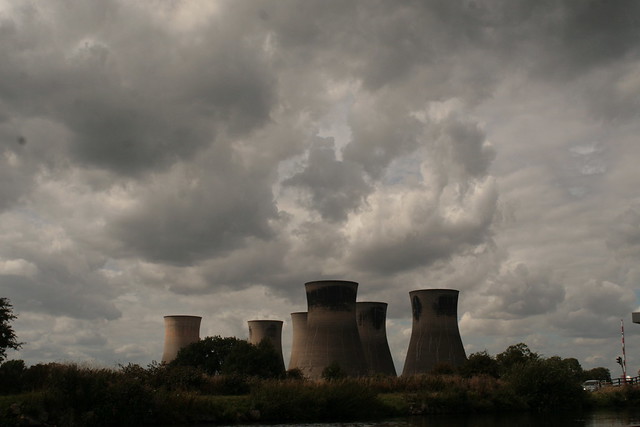
And so once more to the grand old lady's at Thorpe Marsh Power Station.
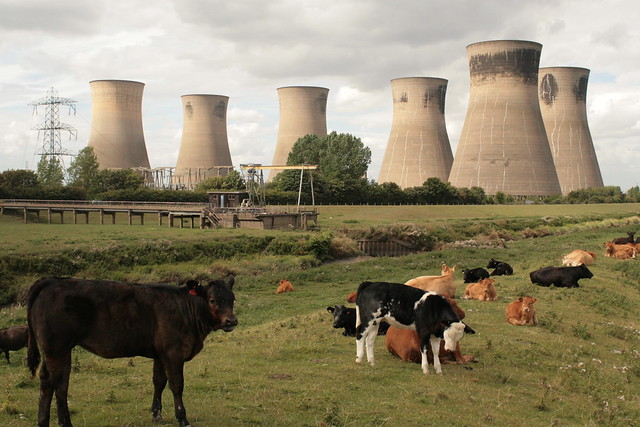
Mad cows and four mates say hello to The Cows they look not bothered.
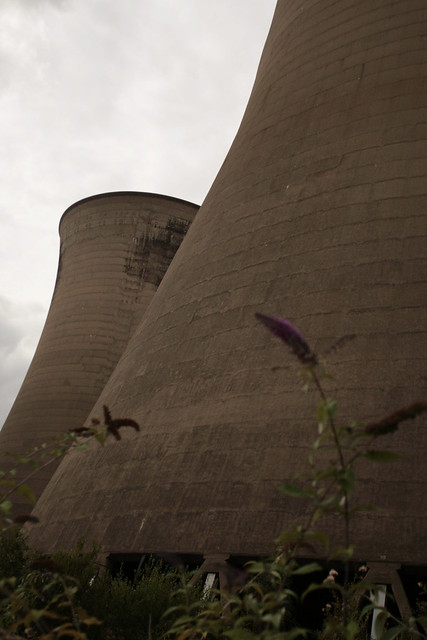
Though i have been before i still stand in joy.
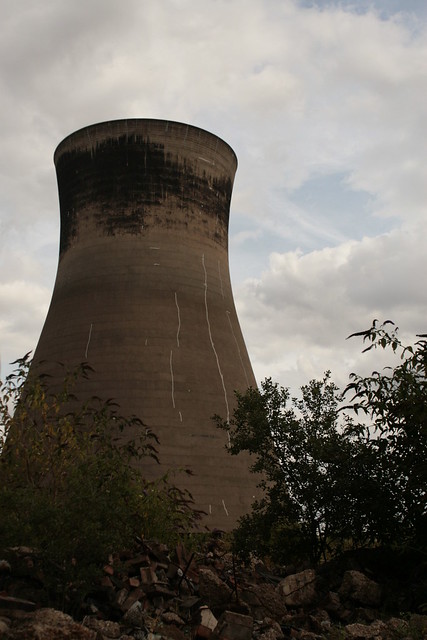
Pondering the magastey of the grand old lady's.
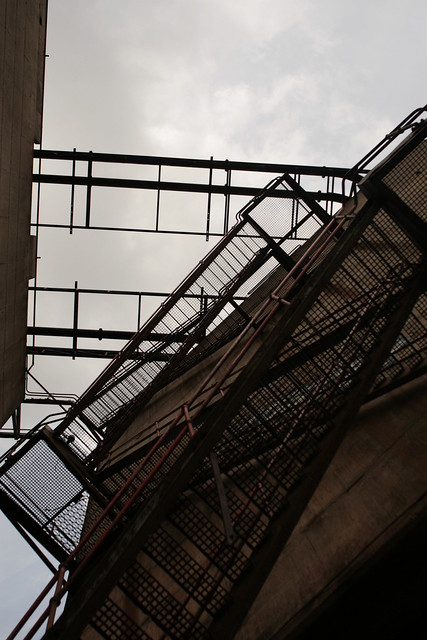
I hit the deck for another view.

In the decay life continues to grow on shadows of the ruins.
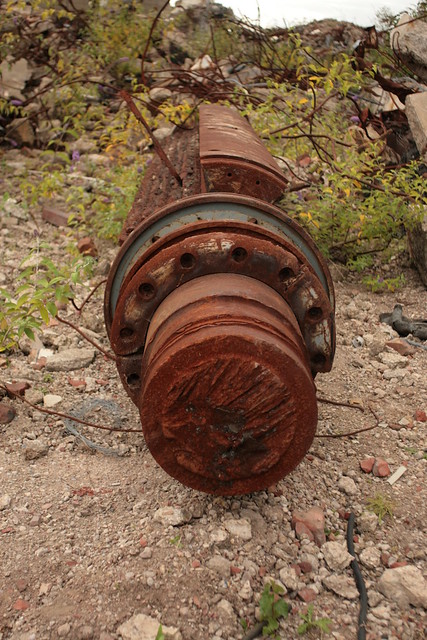
You seek you shall find the remains of The Past.
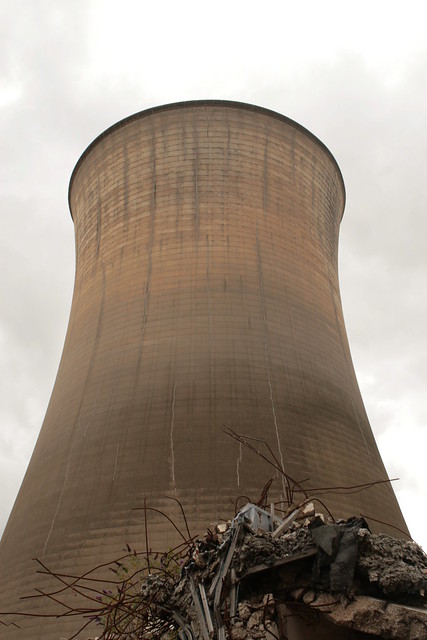
All around you are the left overs of part demolition.
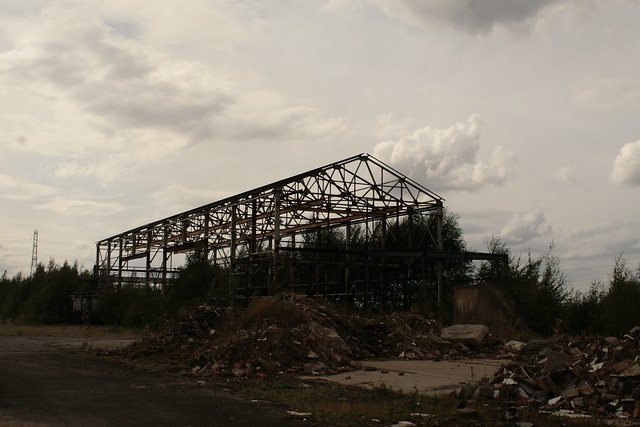
The Skeletons of the past stand rusting in peace.
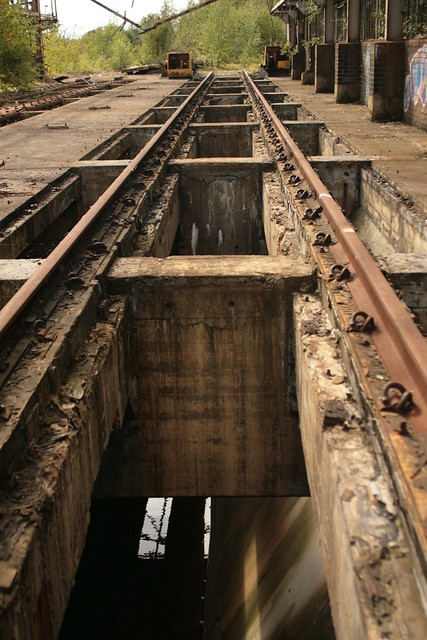
The end of the line was always here.
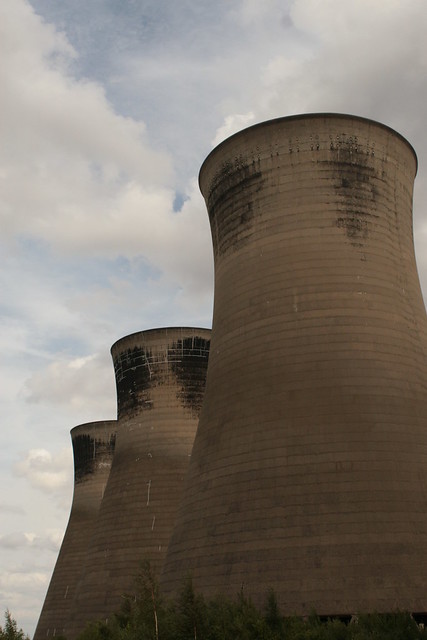
The grand old lady's stand looking down.
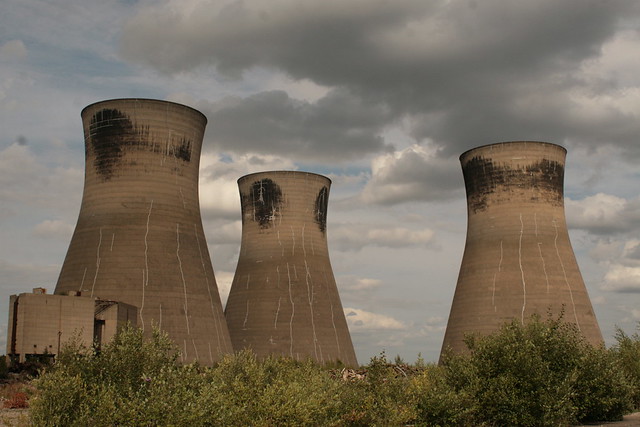
One last look at we head home.
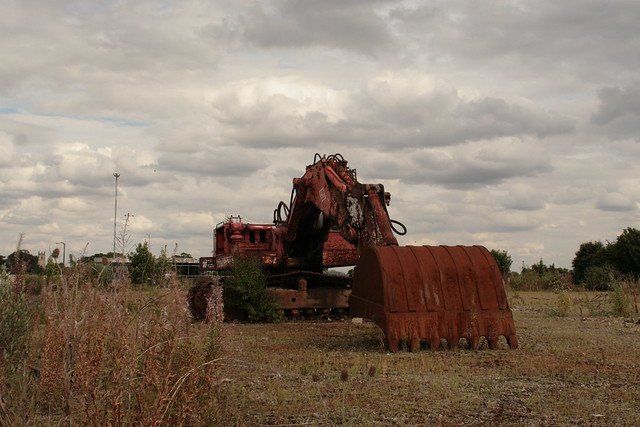
At the front gate stands the digger.
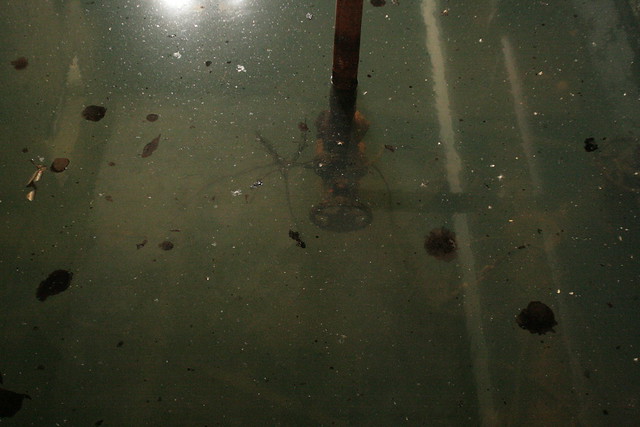
We look in the few buildings still standing.
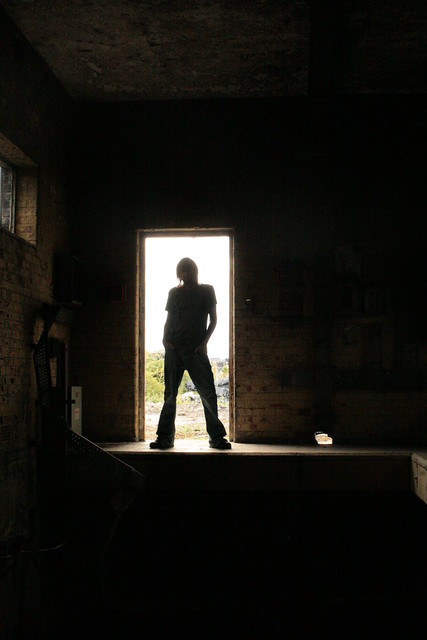
Every where you had the feeling of being watched
This place, despite its part demolition, has to be seen. We got a train to Kirk Sandell, then a bus to Barnby Dun, we walked part of the canal that was once the main supply chain for Coal to Thorpe Marsh Power Station, the loading deck at the side of the canal lays derelict. We arrive, this is epic in scale with a theme of Dead Cities, a film set for post-Armageddon where the ruins of Modern Life are subject to Mother Earth's Reclamation yard.
Thorpe Marsh Power Station closed in 1994. Since then it has gradually been demollished. Well, everything except the cooling towers - 6 of them. The are also two biggish and several small buildings.
There are various plans for the site - including a nature reserve, and a landfill site (fiercely objected to by local residents). In reality, nothing will probably happen. The towers still survive because it is feared that any explosion caused would rupture the banks of the nearby canal.
It seems there future is not long in October, they are to be blown up, and I plan to go watch when this happens, for the life of me though why can they not landscape around them and just leave them?..
The station has been closed since 1994 and the 45 acres (18 ha) site was accquired by Able UK in 1995.Much of the station has been demolished and now only its six cooling towers (each 340 ft (100 m) high and 260 ft (79 m) in diameter at the base), two ash slurry hoppers, railway sidings and the station's large adjacent electricity switching station still remain. The switching station was nearly flooded during the 2007 Yorkshire flood, which would have knocked the grid out according to news reports. The power station featured in the final episode of the 1999 ITV drama, The Last Train.
Thanks for looking..
Last edited:




